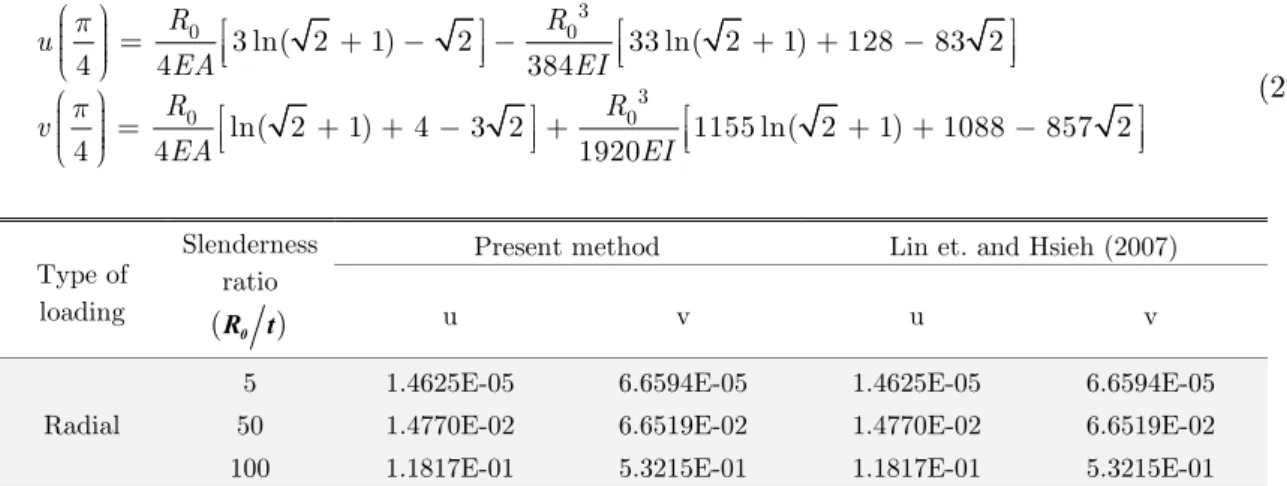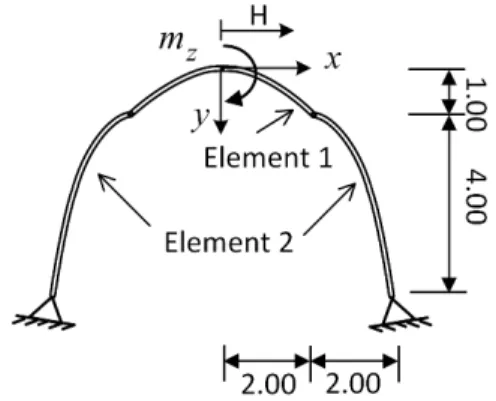Lat. Am. j. solids struct. vol.13 número9
Texto
Imagem
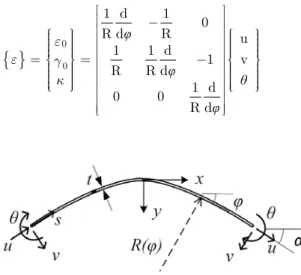
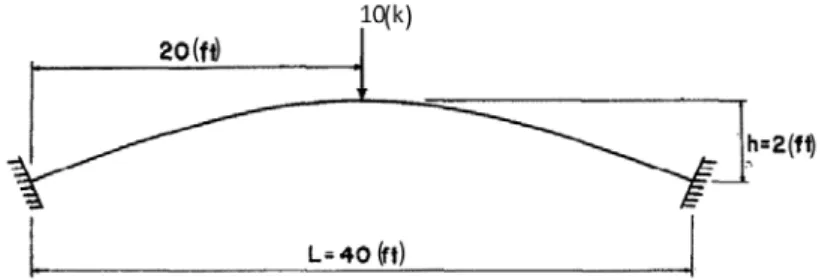
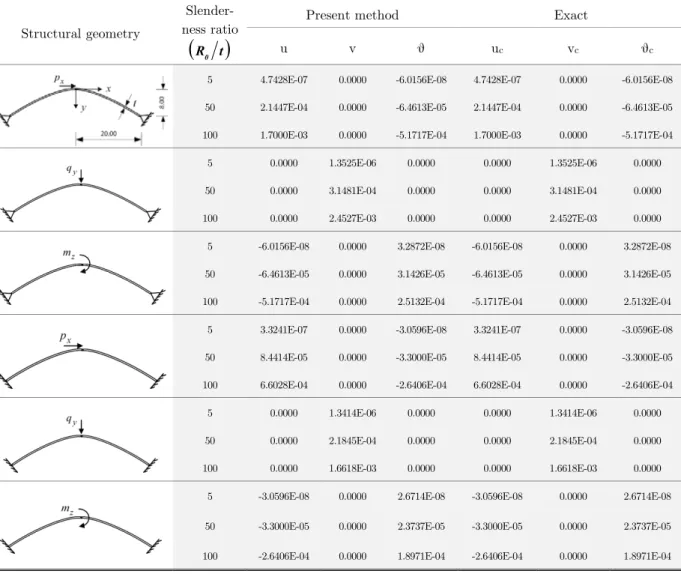
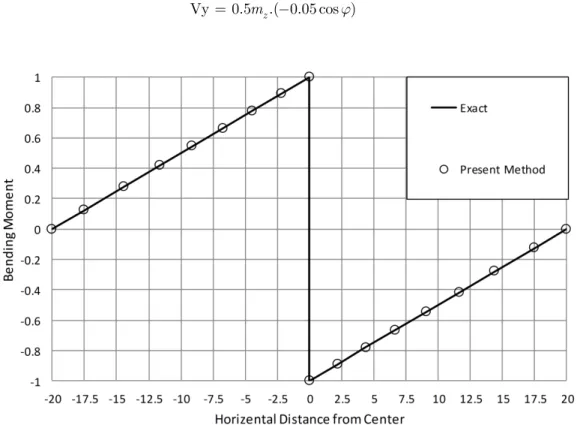
Documentos relacionados
11, under low impulse loading ( I = 6.63 10 × − 6 ), the mid-span velocities of the front and back beams reach the equal value in the first phase, and then goes into phase III-
For linear material, one can see that the thermal properties are char- acterized by the classical symmetric thermal expansion tensor and the new size-dependent skew-symmetric
The dowel action of the back face rebars and the strengthening layers had no role in ultimate punching load (i.e. first peak load). ii) Although the strengthened slabs showed
In this work we plan to apply the experimental design method on the experimental results found by Deokar, A (2011), concerning the effect of the size and position of
(2009) Axisymmetric bending and buckling analysis of thick functionally graded circular plates using unconstrained third-order shear deformation plate theory, Compos. (2004)
in section 5, notice that despite the simplicity of the numerical model used (elastoplastic beam elements implemented in a commercial package Ls-Dyna), and the lack of details
Unlike previous studies that utilizing natural frequencies from one direction, both axial and bending natural frequencies are used together to determine crack size and location,
Therefore, the aim of this study is to analyse the effect of different layer configurations (monolithic, double-layered and triple-layered), total weights and initial velocities to

